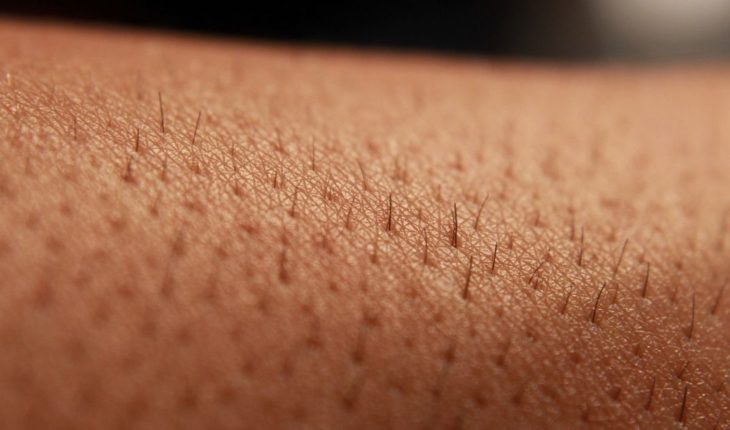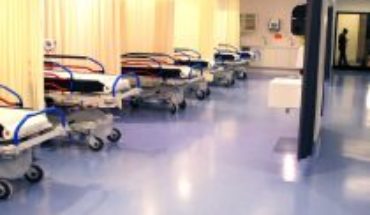Chilean scientist Tomás Egaña presented the research that has created the first version of photosynthetic skin, which produces and releases oxygen, and that may regenerate human tissue. In the presentation at the Catholic University of Chile, Egaña, PhD in human biology and Pharmacology, explained that after eight years of analysis and testing with animals (rats, pigs and fish), it will begin the first clinical trial in the el Salvador Hospital in Santiago, with twenty patients who have suffered trauma.
“This step, which will last six months, is small but very important to demonstrate the safety of the technology. If we can make it safe, can apply them in other types of patients and diseases, organ transplants and cancer patients”, said Egana in statements to Efe.Esta research, held in the Catholic University of Chile, has developed a first technique to make a skin transplant through the implementation of a microalgae genetically modified to produce oxygen and thus regenerate the area.” 90% of our body cells are not human. The human body is a real ecosystem where live micro-organisms and human cells. We want to find out, what happens in the body if we implement microalgae that produce photosynthesis, “said Egaña during the presentation.
Photosynthesis is the process that made the plants when they break the water molecules, with the energy of the light, and release oxygen which then consume all living beings on the planet, said the Chilean scientist.” The big question is what we could achieve if humans got to reproduce this process in a therapeutic context, since there are many diseases caused by lack of oxygen as a hemorrhage, infarction, or large wounds that do not heal”, added Egana.
The first line of research focuses on the potential applications of this technique in injury to oxygenate them through creams, bandages or stitches that contain microrganimos which carry out photosynthesis.
While the second line investigates the application of this technology in organ transplants, so that organs live longer outside the body, and cancer therapies to achieve a greater elimination of cancer cells. At the start of the research at the University of Lubeck in Germany, where Egaña earned a doctorate, a test was developed successfully in which is injected into an embryo of fish, a microalgae, and successfully be merged “without algae kill the embryo and without the embryo ma” Tara to the algae”.
According to stressed today the researcher, the key to this first clinical trial will be precisely to avoid the rejection of patients to these transplants. Twenty patients received successful skin transplantation, the idea is that, when the skin is regenerated, the implant is removed by the same body or removed. In this sense, the next six months will be critical to determine the possible deployment that will take this technique in the future of medicine. EFEEn Note:





